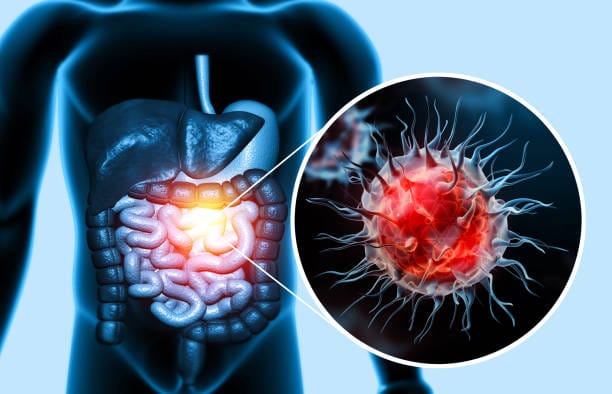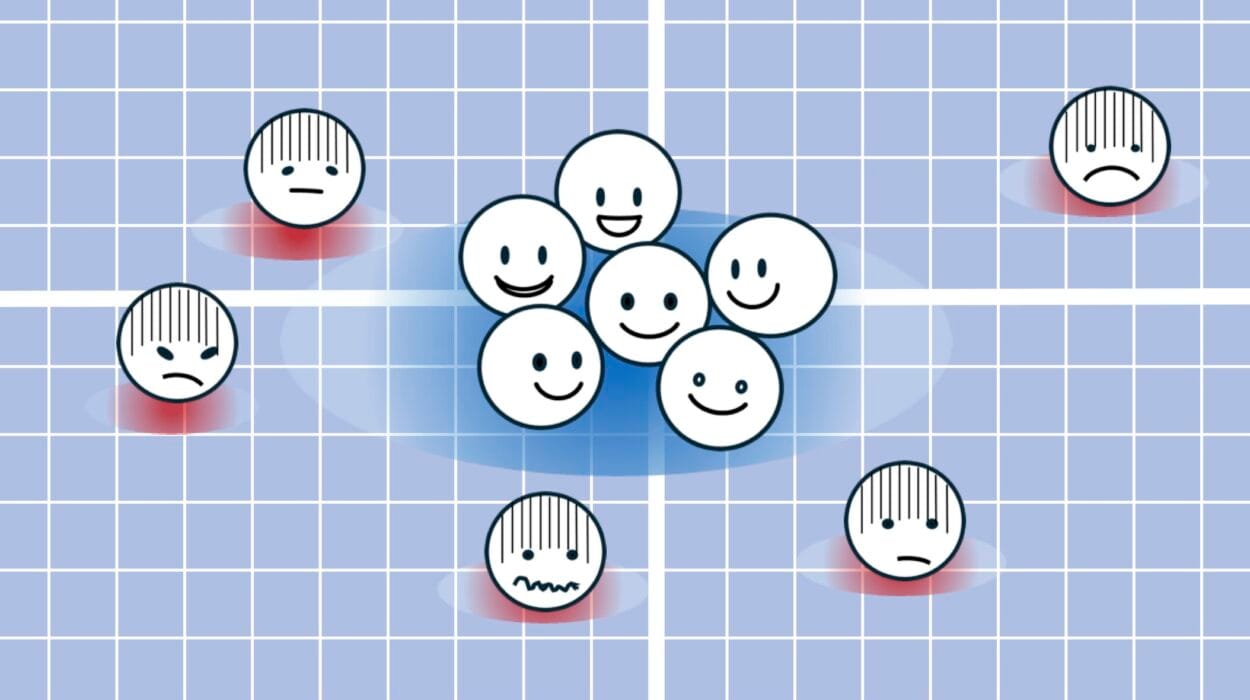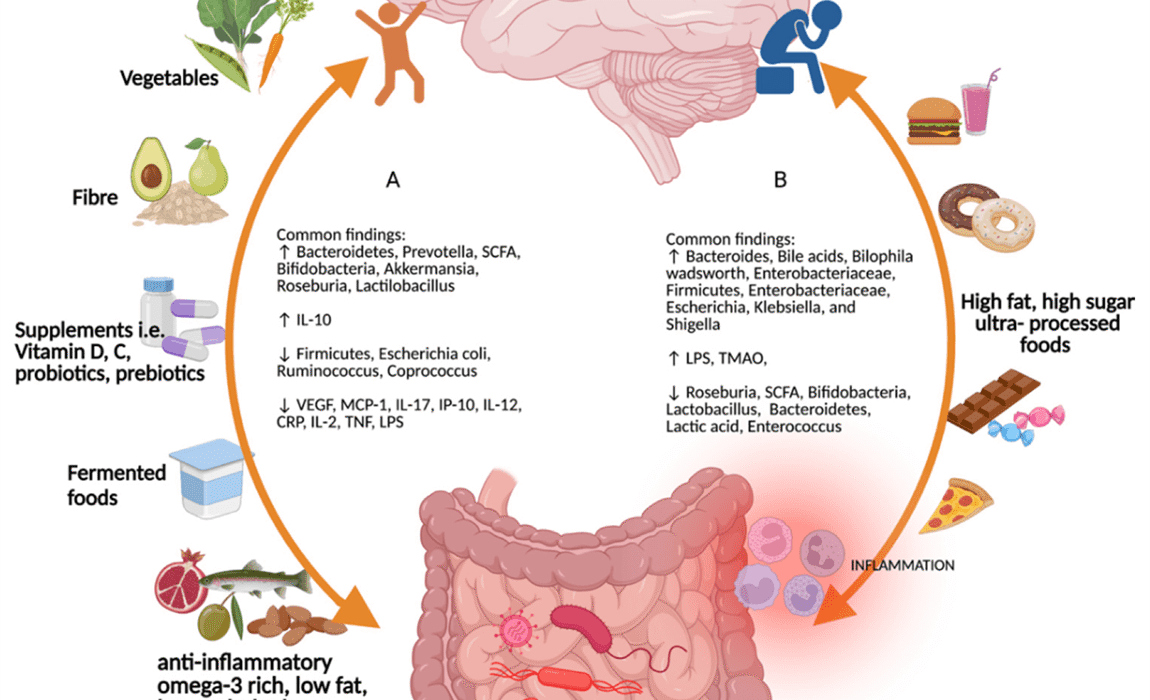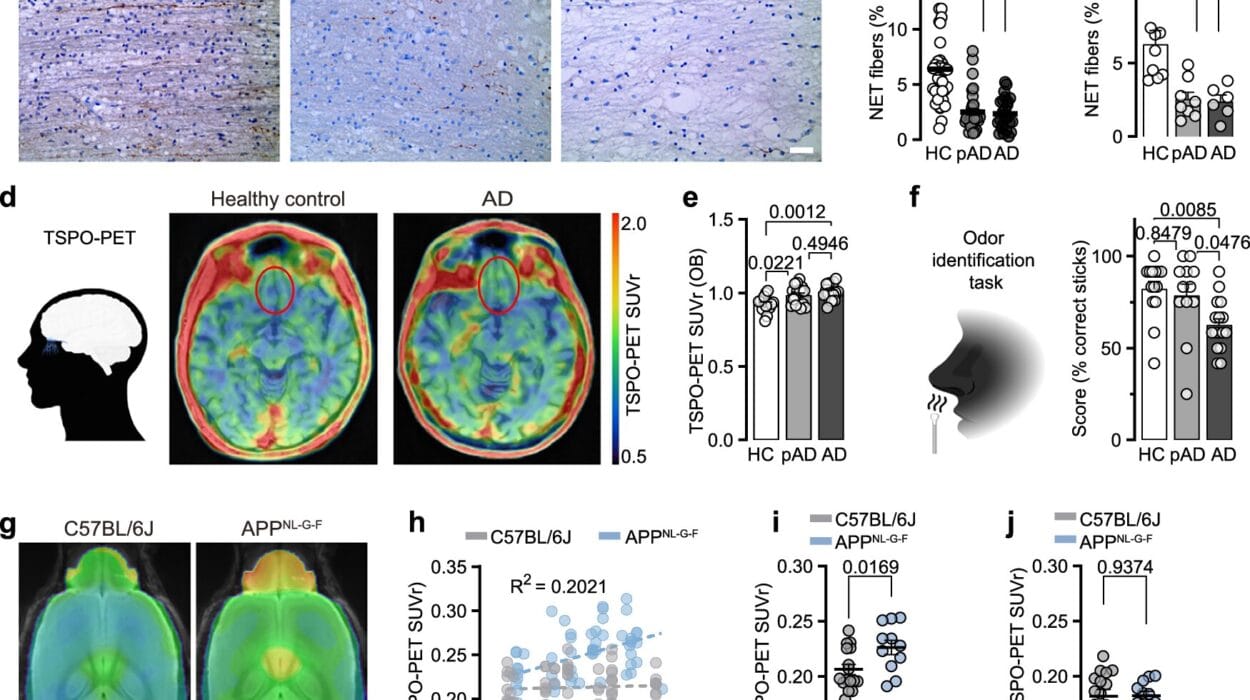They are too small to see, and yet they are everywhere—in oceans and rivers, in food, in the air we breathe. And now, for the first time, they have been discovered in one of the most intimate and vital parts of the human body: our reproductive fluids.
In a revelation that has both startled and intrigued scientists, new research presented at the 41st Annual Meeting of the European Society of Human Reproduction and Embryology (ESHRE) has uncovered microplastics in human semen and the fluid surrounding maturing eggs. The finding adds an unsettling new dimension to our understanding of how deeply plastic pollution has infiltrated our lives—and possibly our ability to create life itself.
An Intimate Discovery in the Lab
The study, conducted by a team led by Dr. Emilio Gomez-Sanchez, examined reproductive fluids from 29 women and 22 men. The women’s follicular fluid—taken during procedures related to fertility treatment—and the men’s seminal fluid, both essential for conception, were scrutinized using laser direct infrared microscopy after rigorous contamination controls.
The results were eye-opening: microplastics were present in 69% of the women and 55% of the men.
“These are fluids that should be pristine, vital to the beginning of life,” Dr. Gomez-Sanchez remarked. “So to find microplastics here is not just surprising—it’s deeply concerning.”
Among the tiny plastic particles detected were polymers commonly used in countless consumer products: PTFE (better known as Teflon), polypropylene, PET (used in drink bottles), polystyrene, polyurethane, polyamide, and polyethylene. The most frequent intruder, PTFE, was found in nearly a third of female samples and over 40% of male samples.
Where Science Meets Mystery
Microplastics are defined as plastic fragments less than 5 millimeters in length—smaller than a grain of rice. They originate from the breakdown of larger plastic waste or from products that already contain microscopic plastics, like cosmetics and clothing fibers. Once released into the environment, they are nearly impossible to remove. They travel invisibly, entering our bodies through food, water, air—and now, it seems, reaching the very cells that create new human life.
But what do they do once they’re inside us?
That’s the question the scientific world is now grappling with. The current study did not directly measure how these particles affect fertility, but previous research in animals has shown disturbing effects. Microplastics in lab animals have been linked to inflammation, oxidative stress, DNA damage, hormonal disruptions, and premature aging of cells.
“In animal studies, we’ve seen microplastics accumulate in reproductive tissues and impair egg and sperm quality,” Dr. Gomez-Sanchez noted. “It’s possible they could do the same in humans—but we simply don’t know yet.”
A Silent Environmental Invasion
This is not the first time microplastics have been found inside the human body. Over the last few years, scientists have detected them in human blood, lungs, liver, placenta, breast milk—even inside infant feces. But this new discovery marks a critical turning point because it touches on human reproduction, a field already under pressure from rising infertility rates and a host of complex environmental and lifestyle factors.
“This isn’t about scaring people,” Dr. Gomez-Sanchez emphasized. “It’s about opening a door to questions we need to ask. How much plastic are we really exposed to? And what is it doing to our health, especially at the start of life?”
Hope in Awareness, Not Alarm
Despite the unsettling nature of the findings, the researchers urge calm, not panic. Fertility, they stress, is influenced by a constellation of factors—age, genetics, lifestyle, health conditions. Microplastics may be one piece of a much larger puzzle.
“There’s no need for alarm at this point,” said Dr. Gomez-Sanchez. “But it is sensible to start thinking about ways we can reduce our exposure to these materials.”
Some of those ways are simple and already familiar: storing and heating food in glass instead of plastic, avoiding single-use plastic bottles, choosing clothing made from natural fibers, and reducing reliance on synthetic packaging.
Professor Dr. Carlos Calhaz-Jorge, immediate past chair of ESHRE, echoed this sentiment: “Environmental factors influencing reproduction are a reality, although difficult to measure. These findings support the growing view that minimizing our plastic use is not just an ecological concern—but potentially a biological one.”
What Comes Next?
The research team is already preparing the next phase of their investigation. They plan to expand the study to a larger, more diverse cohort and correlate microplastic levels with lifestyle and environmental data. Importantly, they also aim to examine how the presence of these particles might be related to the actual health and function of eggs and sperm.
Could microplastics be silently affecting human fertility?
It’s a question that can no longer be ignored.
In the coming years, science will continue peeling back the layers of this hidden crisis. What’s clear is that plastic pollution is no longer just a problem of the oceans—it is a problem of the body, of reproduction, and possibly, of the future of our species.
A Wake-Up Call Inside the Microscope
It’s a haunting image: a sperm cell swimming through seminal fluid speckled with man-made debris. An egg, nestled in fluid touched by the same invisible invaders. These microscopic particles, born of human convenience and carelessness, now residing in the most sacred spaces of biology.
This is not a doomsday story—it’s a wake-up call. A reminder that the choices we make in our daily lives reverberate through ecosystems and, now we know, through our very cells.
The good news? Awareness is the first step. And from awareness comes action.






